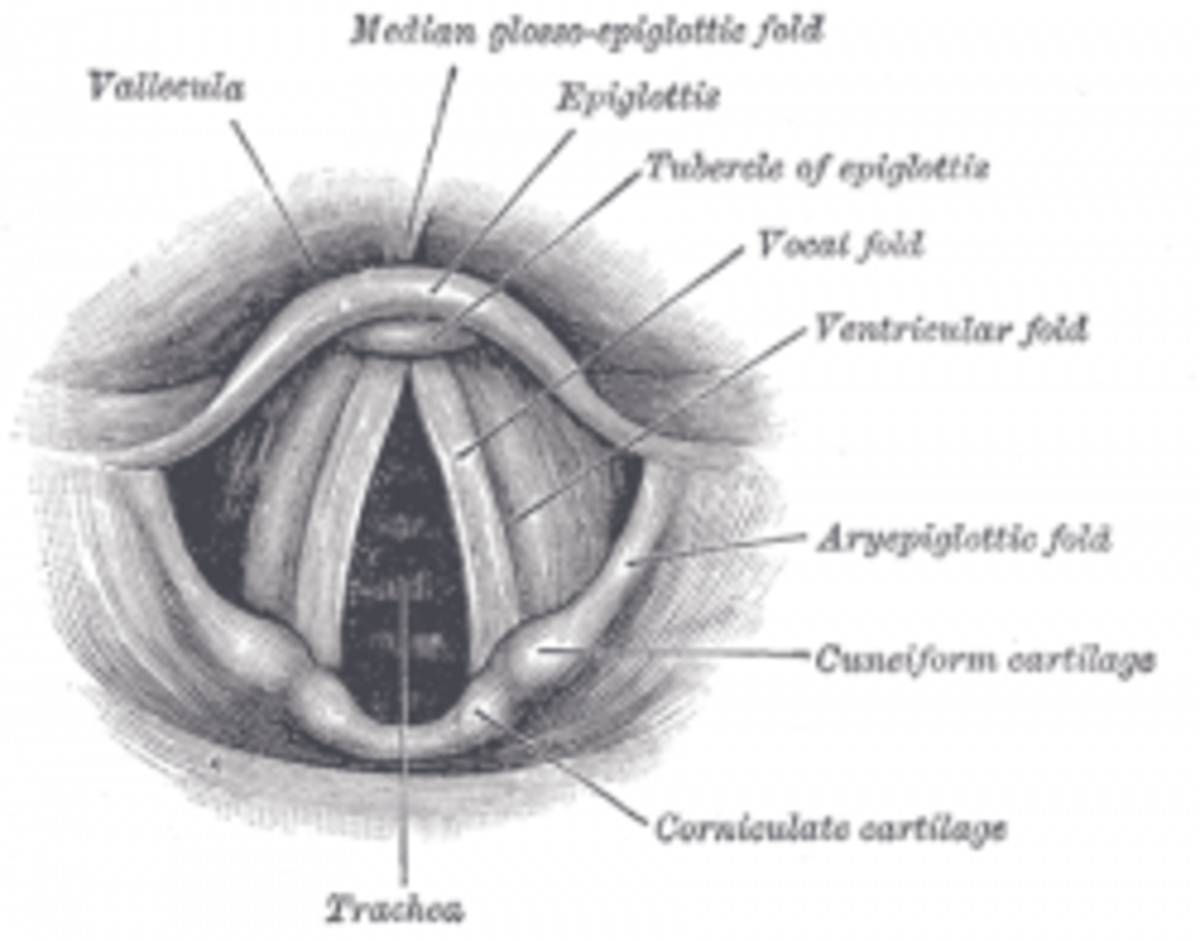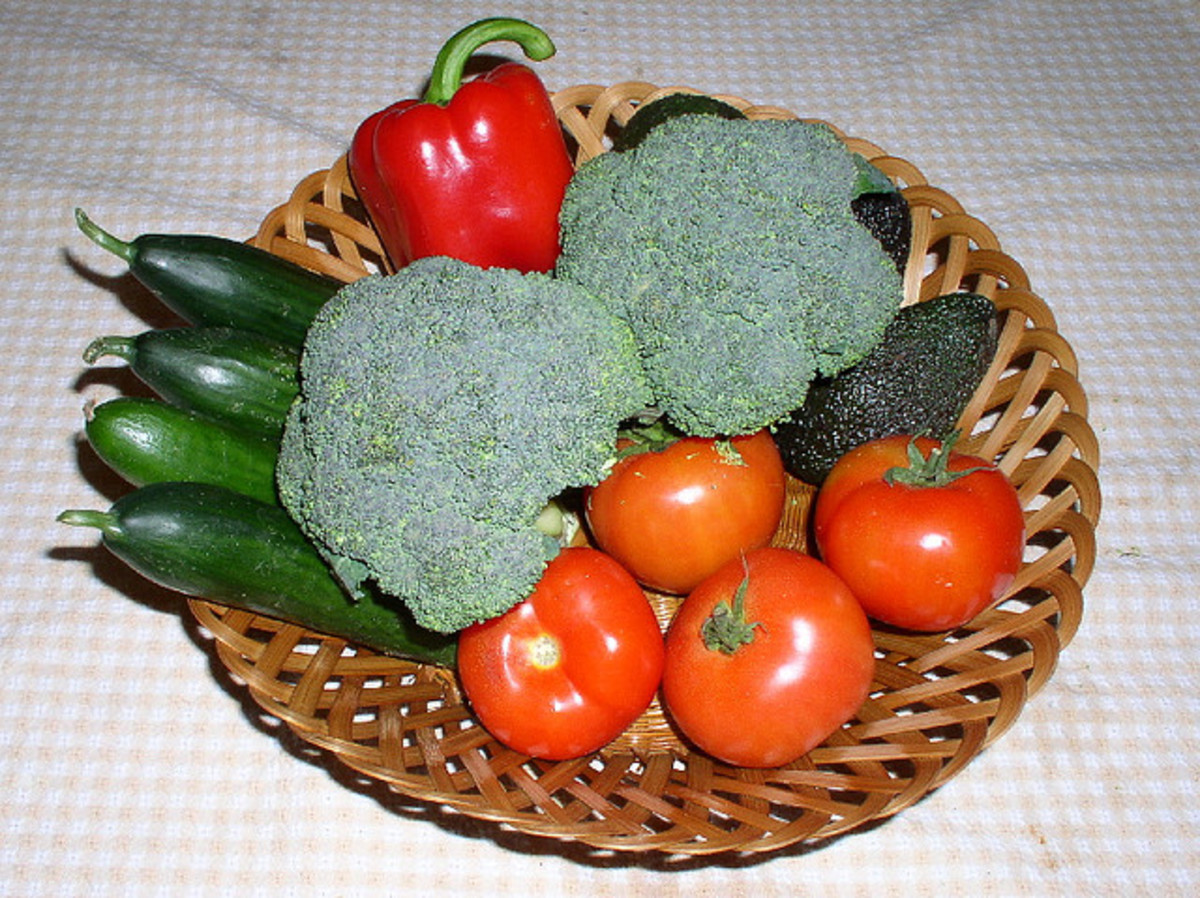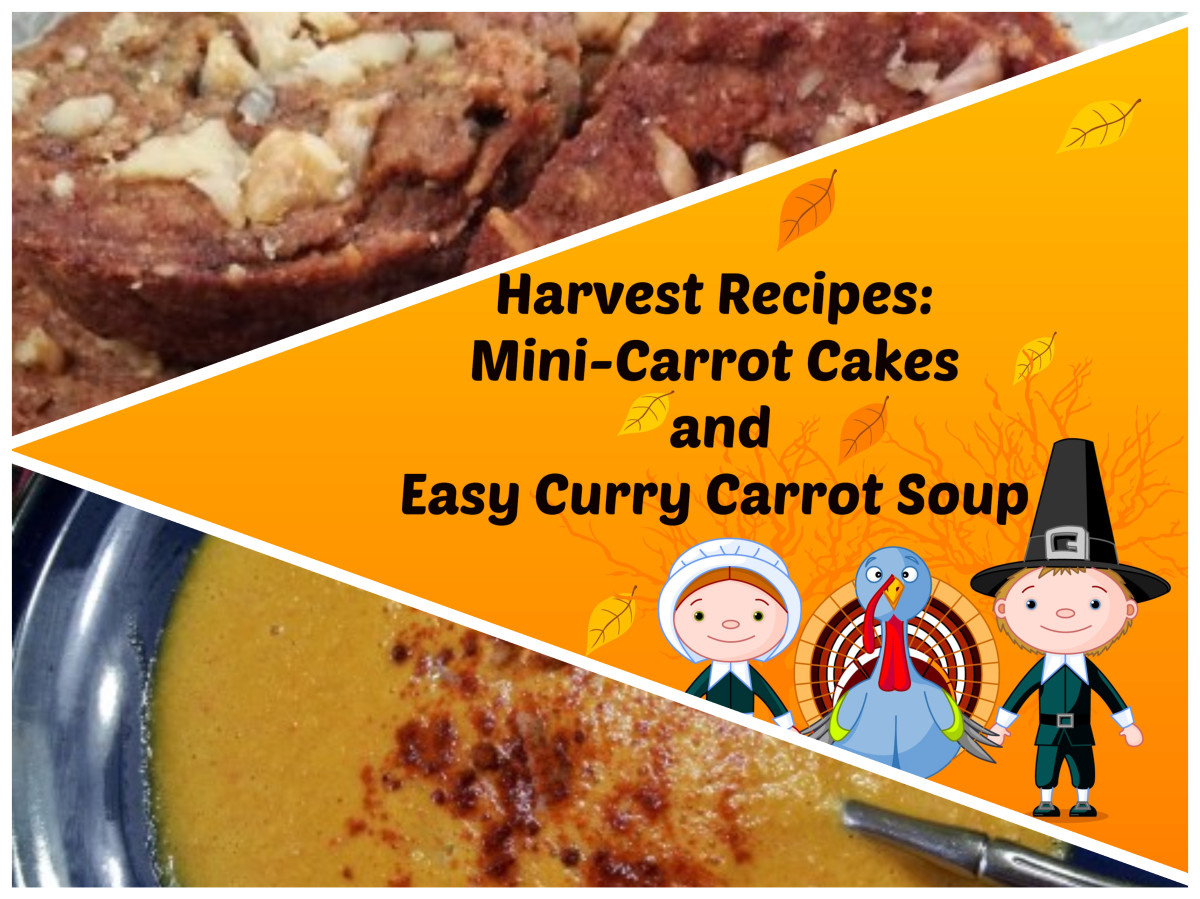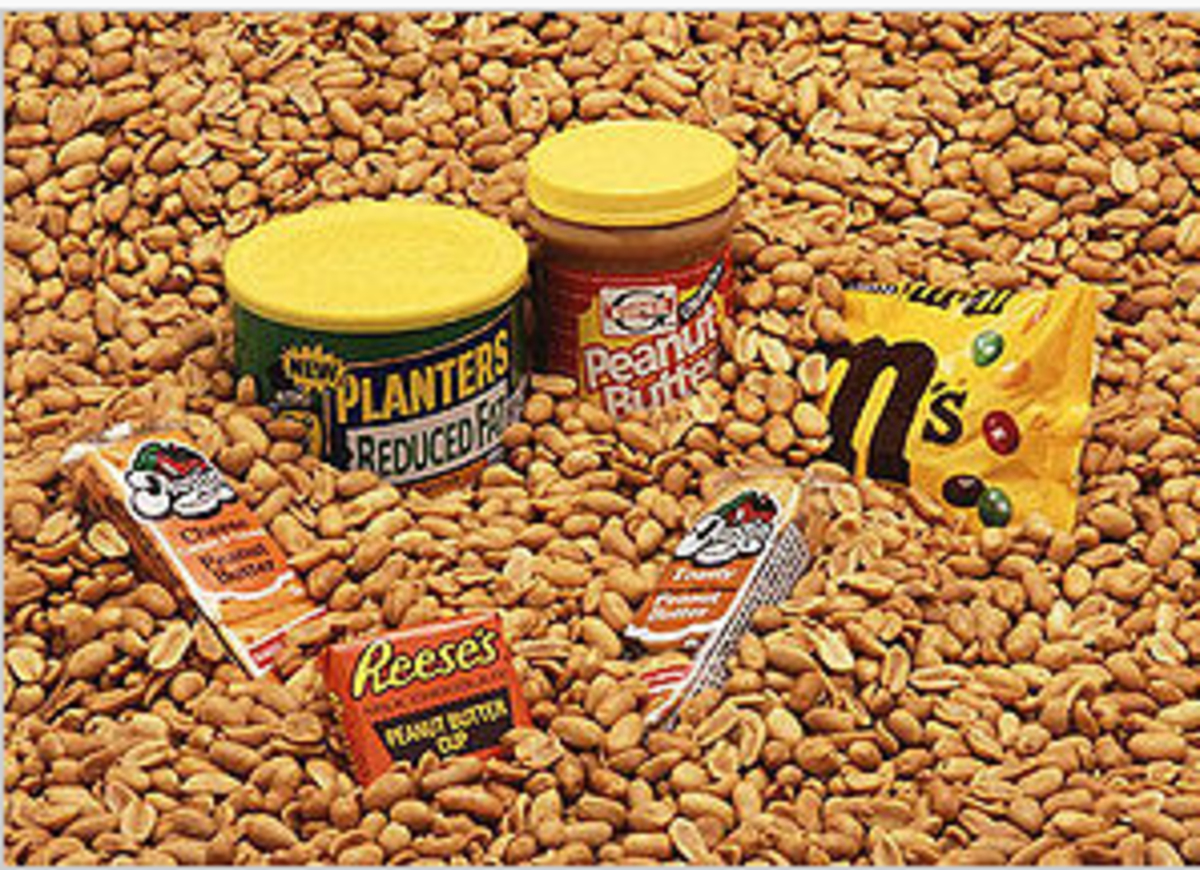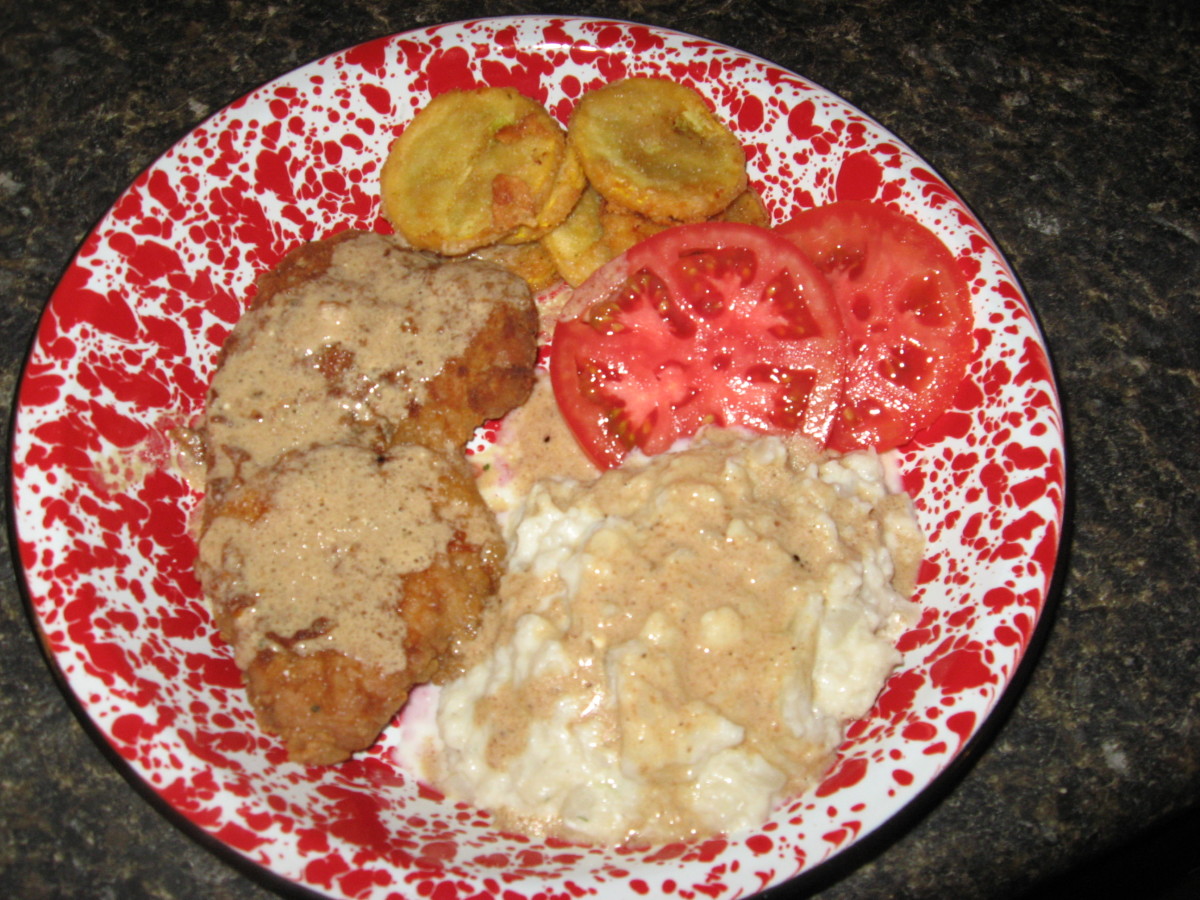Natural Treatments for Oral and Pharyngeal Cancer
Eggplant fruit has antioxidants found in its skin

Guava fruits have vitamin C that is an antioxidant

Antioxidants in fruits and vegetables reduce oral and pharyngeal cancer (OPC)
Let’s start a group topic called Food as medicine. Among reasons for this topic are:
Food is the best delivery system of medicine (Sears, B. Ph.D. The Zone. 1975). Sears claims to own several patents in delivery system of cancer drugs.
A delivery system is important. For example, for the medicinal effects of olive leaf extract, calcium elonolate, that can remedy 135 diseases and disorders. Upjhon company had isolated this ingredient but could not make a drug out of it. The drug delivery system, a protein, could not deliver calcium elonolate to its target tissues. The ingredient stuck with the protein. This was the status for 100 years; after that Upjhon discovered a delivery system. Now the company owns the patent of the delivery system (Walker, M. MPD. Olive Leaf Extract). Not for the ingredient calcium elonolate because this is natural - that is not patentable.
Food from the primary producer, plants, and animals is natural, cheap, and, of course, non-drug. In addition, food can be taken without prescription, except for some cases. There are nutrients that when taken in excess produce side effects. Vitamin E, for example, is stored so that it has a potential of oversupply. The same case for selenium.
However, food for use in correcting deficiency is amenable to measurement the way the dietitian and nutritionist does.
Oral and pharyngeal cancer (OPC)
OPC occurs in salivary glands, pharynx, lip and oral cavity. Even when treated they may result in facial defects, speech impaiment, difficulty in swallowing and chewing, mental anguish; lessened quality of life and survival.
In year 2000 there were 450,000 new cases of OPC and 240,000 deaths due to OPC in the whole world (Morse, Douglas, C. “Oral and Pharhyngeal Cancer.” Touger-Decker, Riva., Ph.D. RD, FADA, et al., Editors. Nutrition and Oral Medicine. 2005:205-221).
In the United States, about 75% of OPCs are attributable to tobacco and alcohol.
What is the relationship between food and OPC?
Fruits. Consumption of fruit, high, to relatively low, has been associated with reduced risk of OPC. This includes food groups like citrus, dark yellow, and other fruits like strawberries, apples, watermelon, pears, and bananas. Fruits reduced the risk of OPC by 40% to 80%.
Vegetables. These reduced the risk of OPC by 60% to 80%. Vegetables, most likely to be eaten raw, include cucumber, lettuce, carrots, fresh tomatoes, and coleslaw.
Breads, grains and cereals. They provide protective effects reducing risk of OPC by 40%.
These data on reduction of risk belong in epidemiology. They are risk factors in the logic of association. Risk factors are not causes. What cause OPC and how are fruits and vegetables related to these causes?
Mechanism of risk reduction
Cancer is caused by free radicals like molecular oxygen and singlet oxygen. (I have a Hub "How Free Radicals and X-rays in Cigarette Smoke, Not Tar, Cause Cancer and Heart Disease"). Free radicals closely related to OPC are molecular oxygen and singlet oxygen.
To summarize: a free radical is any atom or molecule or its fragment with at least one free or unpaired electron. This free electron is unstable and to stabilize it grabs another electron that belongs to the molecule of a tissue. As it grabs it causes injury to the cell membrane, or particle, or DNA. An injury to DNA results in mutation that graduates into tumor or cancer (Kaufman, H, MD. The Melanoma Book. 2004).
Molecular oxygen (two atoms of oxygen joined together; the kind of oxygen that we normally breathe) may be turned into singlet oxygen.
Singlet oxygen is more hazardous than molecular oxygen. The reason is that molecular oxygen has two free electrons that spin the the same direction that grab electrons from molecules of other tissues one at a time. Singlet oxygen has two free electrons that spin in opposite directions that grab electrons of molecules of tissues at the same time. In short, molecular oxygen grabs electrons one at a time; singlet oxygen grabs two electrons at the same time.
Singlet oxygen was formerly a molecular oxygen that was turned into singlet oxygen by energy from ultraviolet rays of the sun. That energy is at least 1216 kilocalories per mol (Brown, C. et al., Chemistry The Central Science. 7th edition. 1975). Energy excites the electrons of molecular oxygen to move at least one unpaired electron from its orbital. The spin of one unpaired electron is reversed thus molecular oxygen is turned into singlet oxygen. In short, heat turns molecular oxygen into singlet oxygen.
The body has built-in enzyme antioxidants, like superoxide dismutase or glutathione peroxidase, that catch free radicals except singlet oxygen (Cranton, E., MD. Bypassing Bypass. Updated second edition. 1995). Carotene, turned into vitamin A, is the only antidote of this heat by absorbing it like chlorophyll does. Carotene is found in plants. They are effective in catching heat from the sun thus prevent the conversion of molecular oxygen into singlet oxygen.
Antioxidants in food
Antioxidants in food catch free radicals thus reduce their population. The chance of an unpaired electron of a free radical grabbing an electron of a tissue is reduced. It follows that infliction of damage on DNA resulting in cancer is reduced.
Antioxidants reduce the incidence of oral and pharyngeal cancer (OPC).



